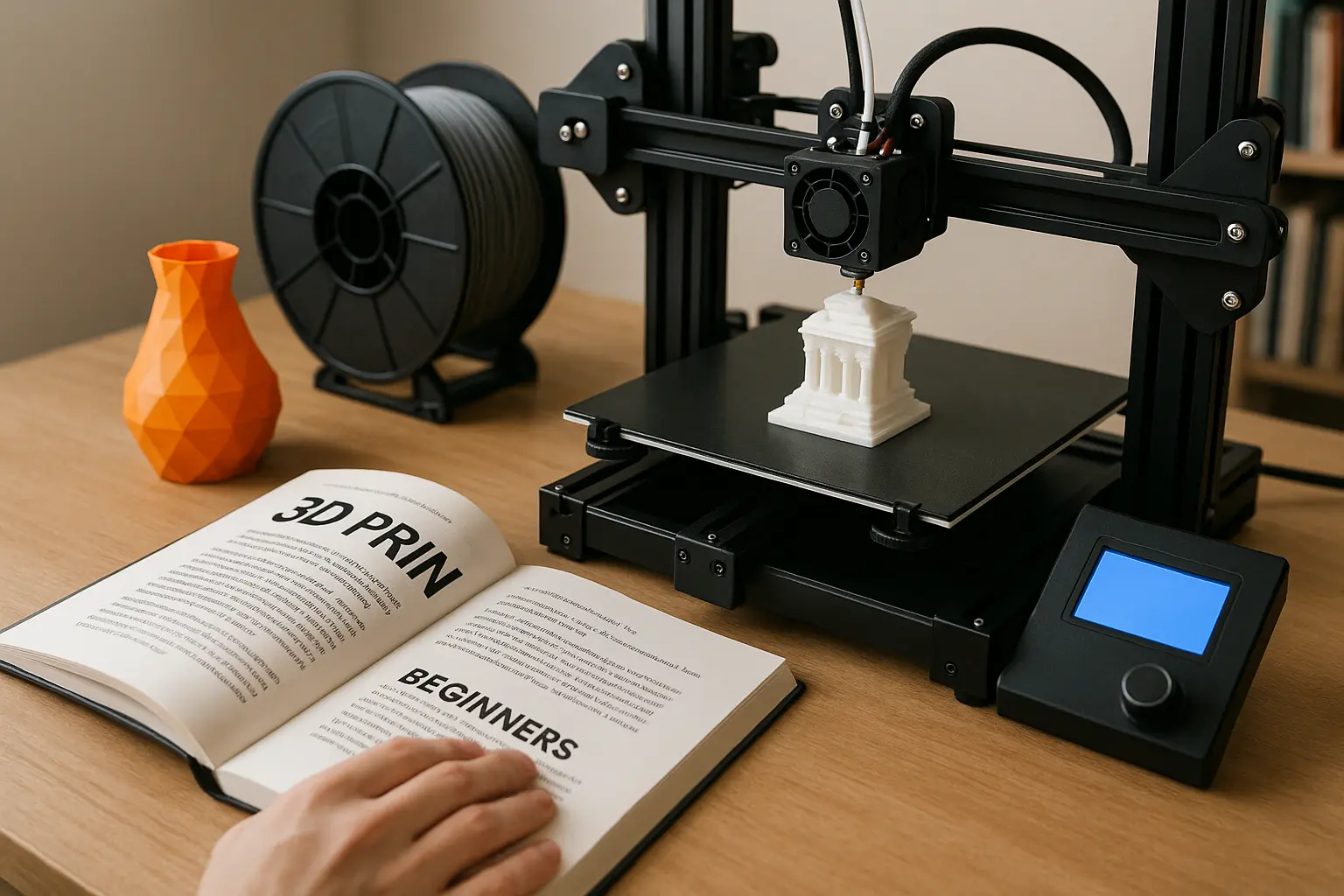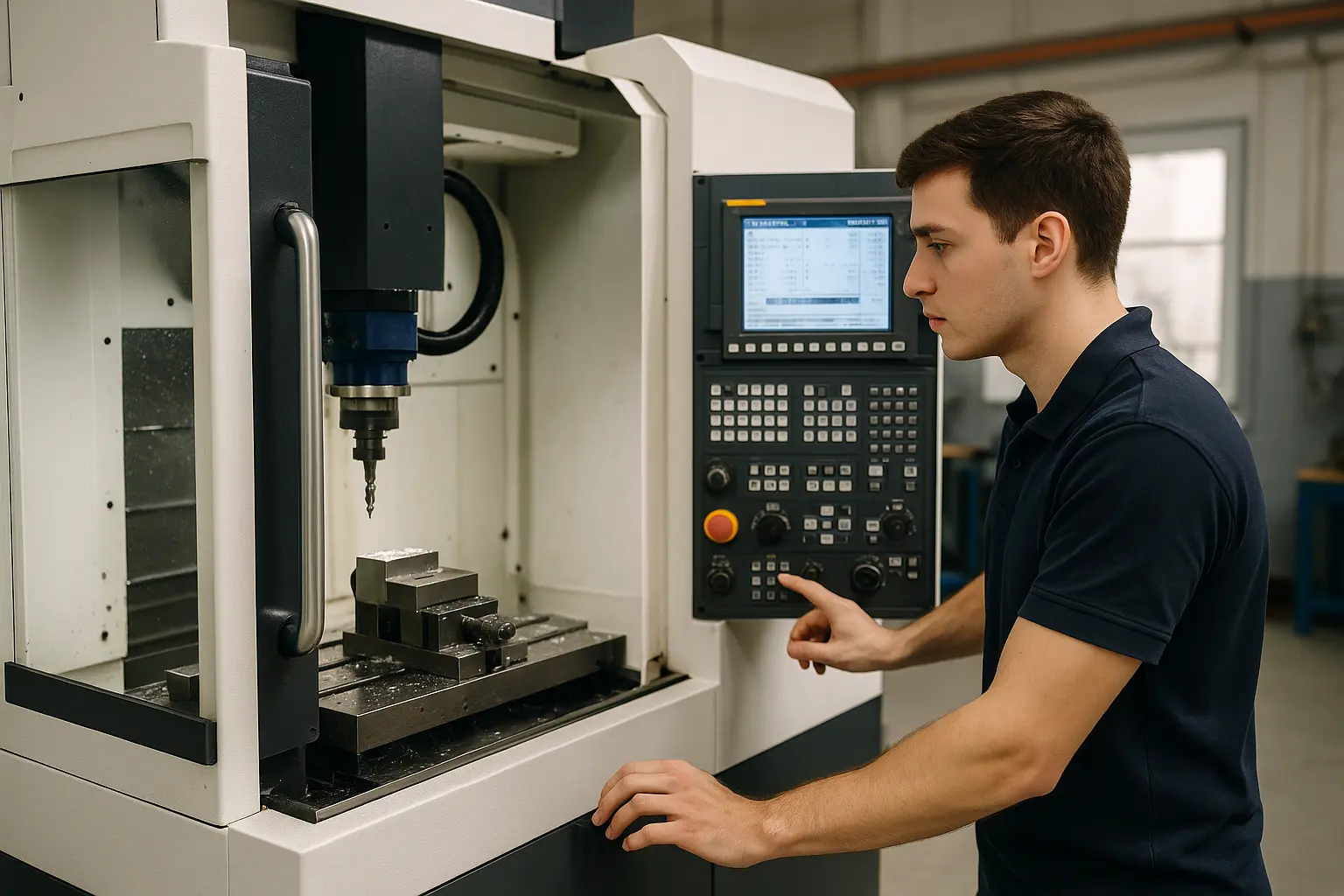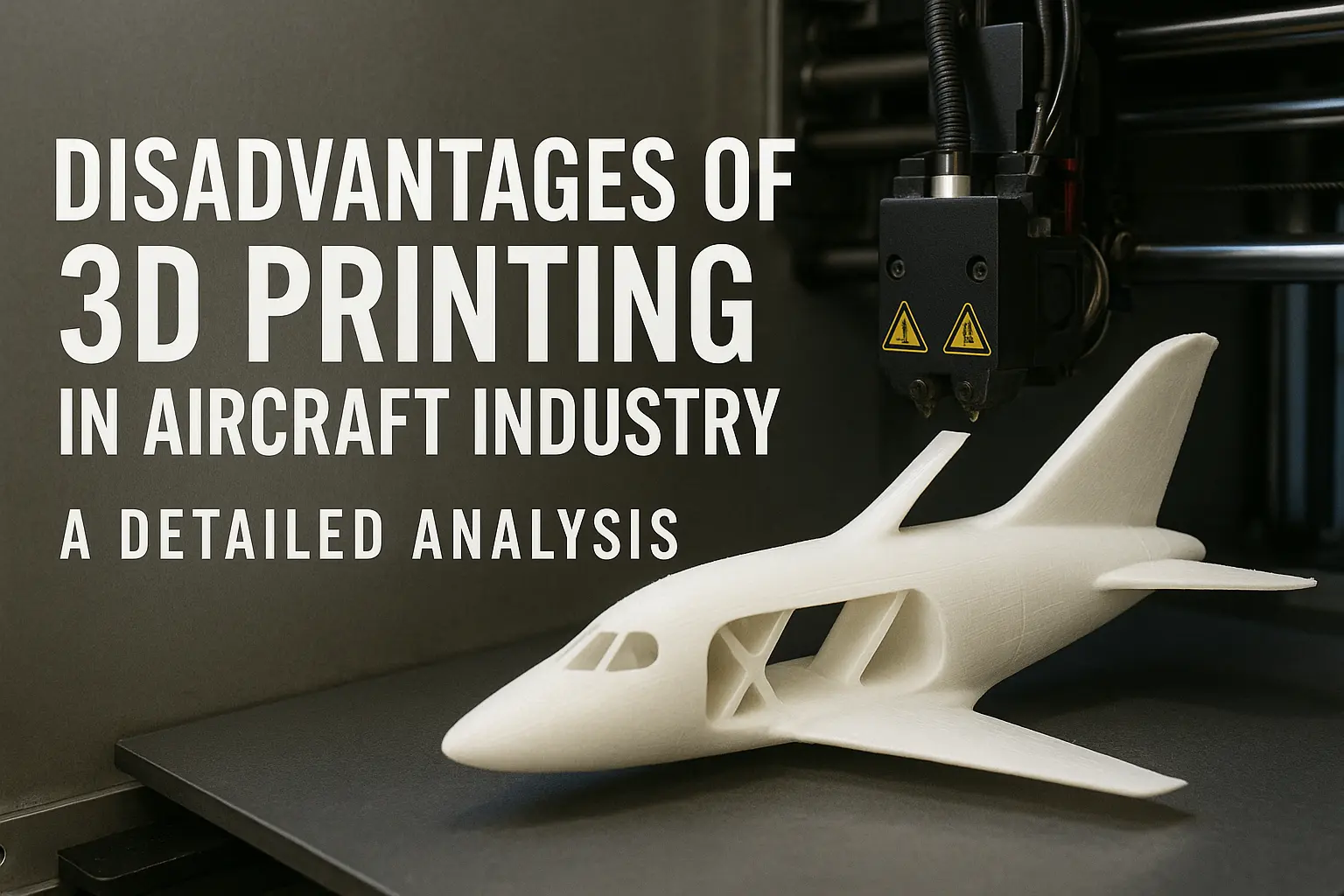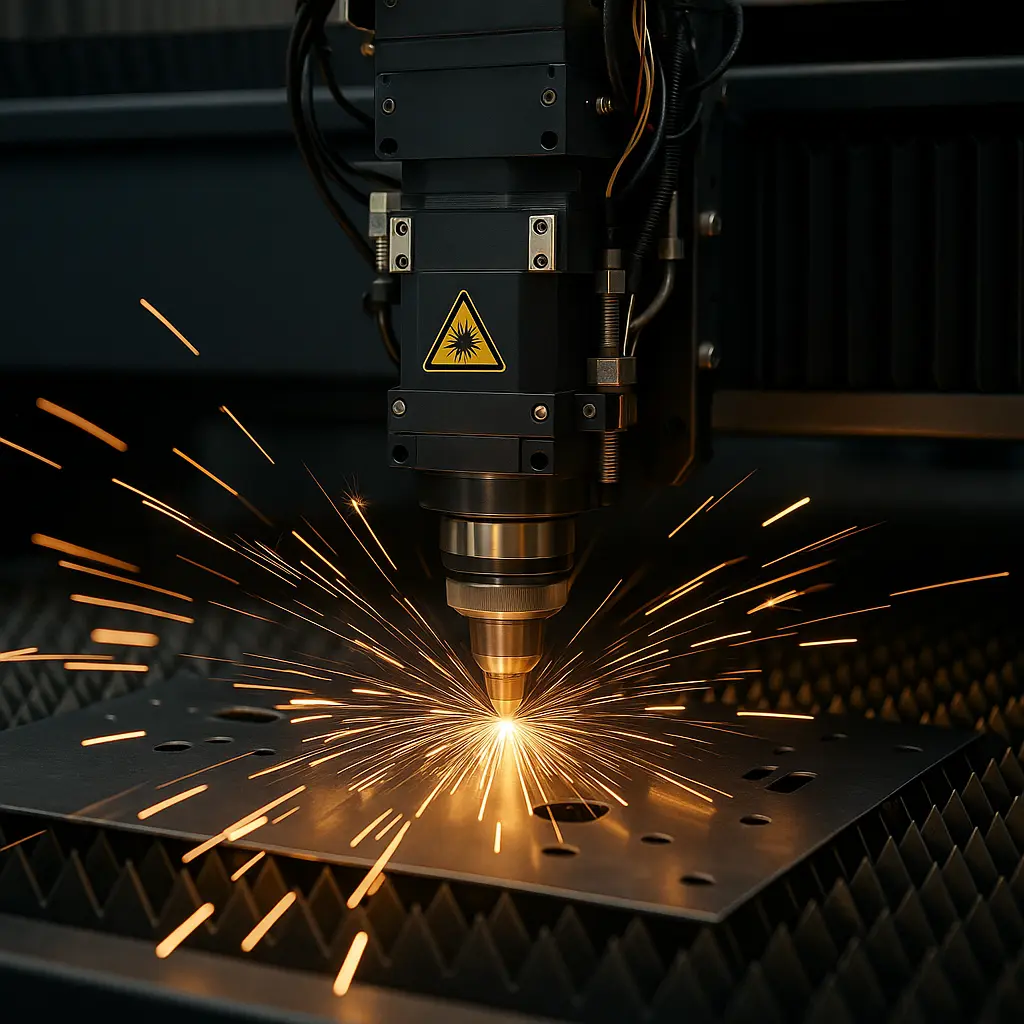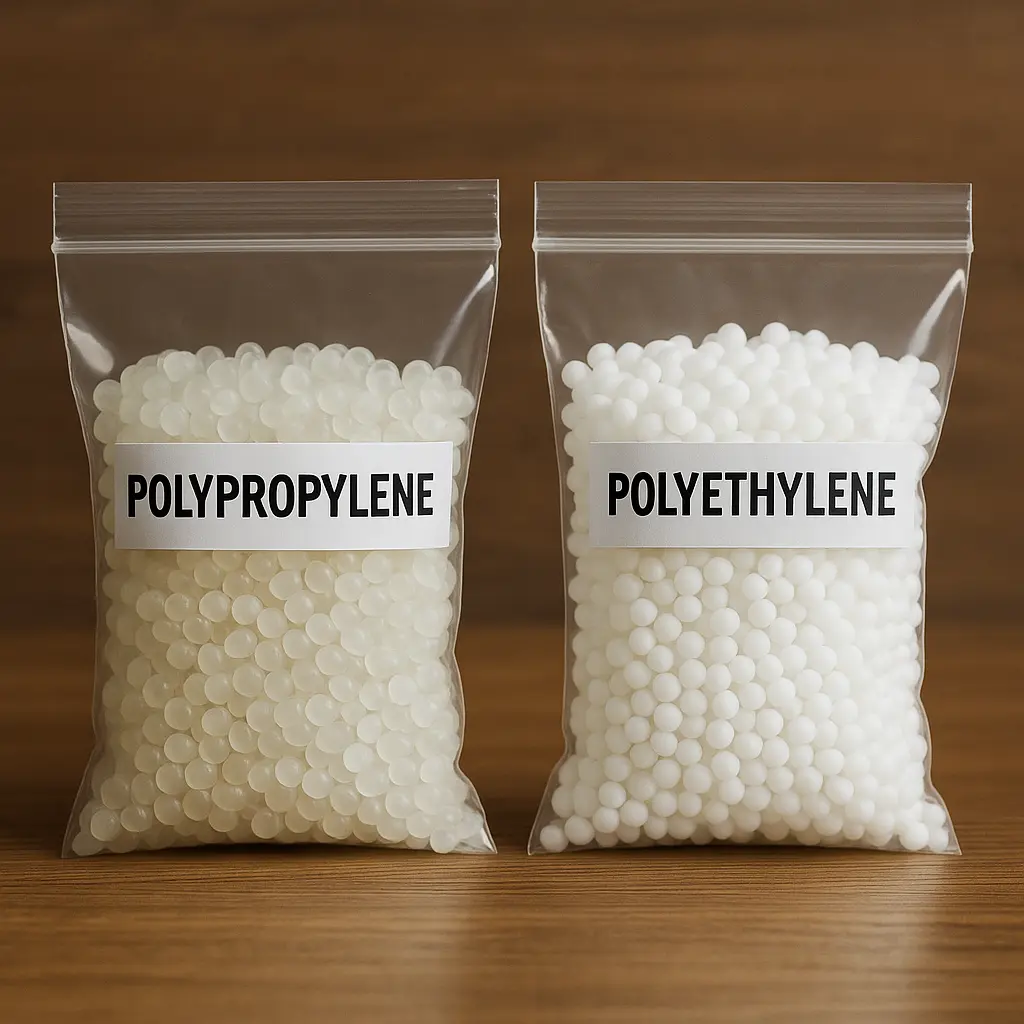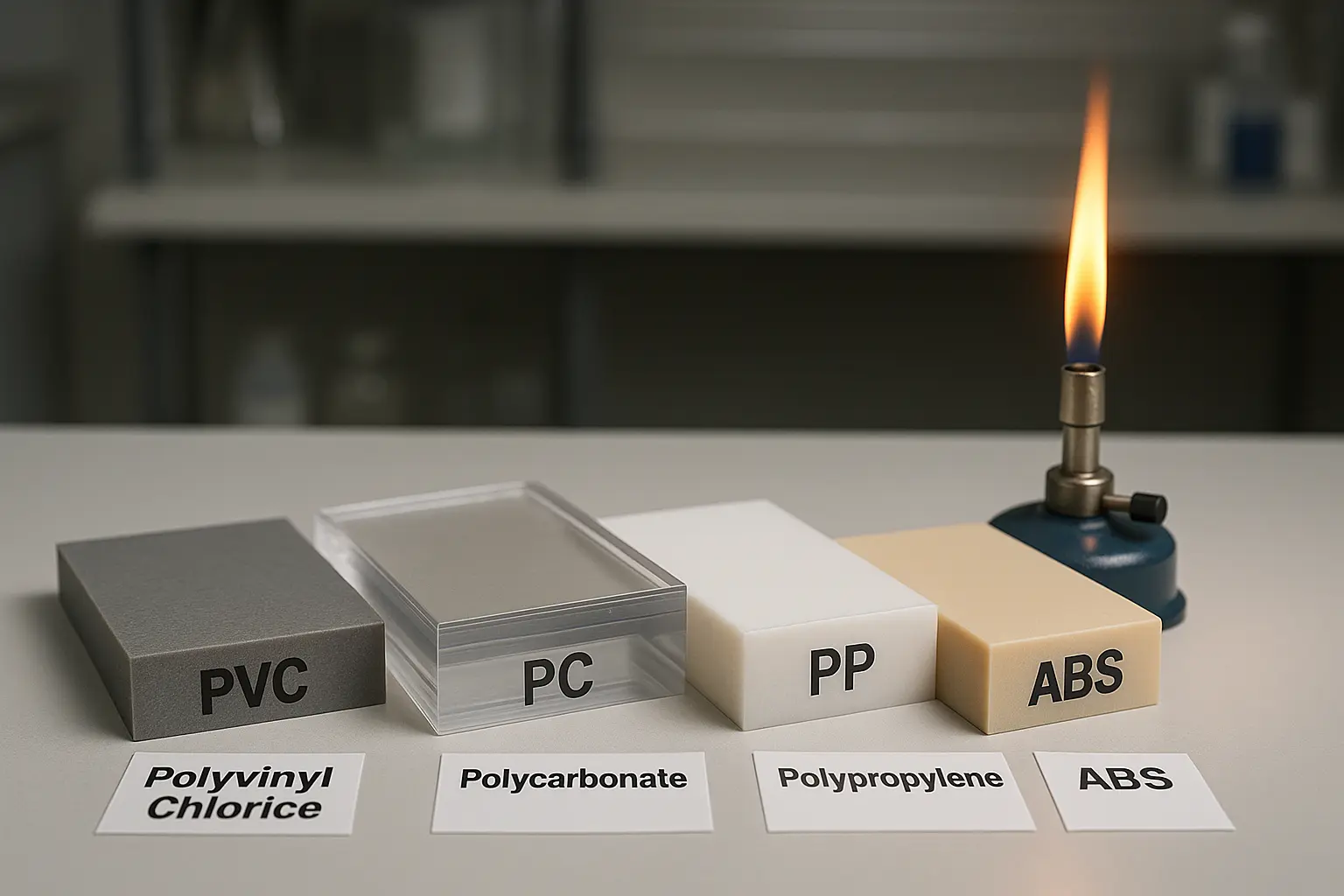Imagine you’re holding a small part in your hands. It’s not something you’d expect to be so important, but this little piece is changing how things are made—thanks to sustainable 3D printing. You’ve probably heard of 3D printing before, but did you know that many companies are using this technology to help save the planet? Instead of creating tons of waste or using harmful materials, they’re printing with environmentally friendly materials, reducing energy use, and making fewer mistakes.
Sustainable 3D printing isn’t just a cool idea; it’s already being used by some of the biggest companies around the world to create products in smarter, cleaner ways. And the best part? These companies are proving that sustainability doesn’t have to mean sacrificing quality or innovation. In fact, it’s helping them get ahead in the game.
What Is Sustainable 3D Printing?
Before diving into the companies, let’s quickly understand what sustainable 3D printing means. Essentially, it’s about using 3D printing technologies to create products in a way that’s better for the environment. Unlike traditional manufacturing, which can waste a lot of material and energy, 3D printing builds products layer by layer. This helps reduce waste and makes it possible to use fewer materials while still producing high-quality items.
Some companies are even using biodegradable or recycled materials in their 3D printers. Others focus on reducing energy consumption or rethinking how products are designed to reduce their environmental impact. Whether it’s using less plastic, recycling old materials, or creating new, greener materials, sustainable 3D printing is about doing more with less.
HP: Leading with Sustainable Materials
HP, known for its printers and technology, is one of the leaders in sustainable 3D printing. They’ve been pushing the boundaries with their Multi Jet Fusion technology, which not only produces parts quickly but also focuses on sustainability. HP has teamed up with several partners to create 3D-printed parts from recycled plastics, cutting down on plastic waste.
The company has a clear vision for sustainability: they want to use 100% recycled plastic in their 3D printing processes. In fact, they’ve already begun using recycled plastic bottles to create their 3D-printed products. HP also ensures that their manufacturing process uses less energy, making the process more environmentally friendly.
One of the key materials HP uses is recycled nylon, which can be used again and again in the 3D printing process. By doing this, HP not only reduces waste but also promotes the idea of a circular economy—where products are reused and recycled instead of discarded.
EOS: Pushing for More Efficient Manufacturing
EOS is another top company that’s leading the way in sustainable 3D printing. They specialize in laser sintering technology, which fuses powdered materials together to create solid objects. What makes EOS stand out is its focus on energy efficiency. Their 3D printing machines are designed to use less energy while still maintaining high performance.
One of EOS’s main sustainability goals is to reduce material waste. Traditional manufacturing methods often waste materials during the production process, but with EOS’s 3D printing technology, only the necessary material is used. This helps companies lower costs while making the production process greener.
Additionally, EOS is working on developing bio-based materials that are more environmentally friendly than traditional plastics. These materials break down more easily and don’t pollute the environment, making them a great alternative to traditional, harmful plastics.
Materialise: 3D Printing for the Circular Economy
Materialise is a company that focuses on creating a more sustainable future through 3D printing. They’ve been making strides with their goal of supporting the circular economy—a system where products, parts, and materials are reused, repaired, and recycled rather than thrown away.
Materialise uses recycled materials in many of their 3D printing projects, which reduces waste and the need for new raw materials. For example, they’ve developed technology to create 3D printer parts from used nylon powders. This technology helps reduce the environmental impact of both the manufacturing process and the products themselves.
Their focus is also on reducing overproduction. In traditional manufacturing, excess products or parts are often made and discarded, leading to waste. Materialism’s approach focuses on making only what’s needed, using 3D printing’s on-demand production capabilities to minimize waste.
Carbon: Reducing Waste with Innovative Materials
Carbon is a company that’s pushing the boundaries of what sustainable 3D printing can do. They’ve developed a Digital Light Synthesis (DLS) technology, which allows for faster and more efficient production of 3D-printed parts. Carbon’s unique approach to 3D printing focuses on reducing waste by using materials that can be recycled or reused.
One of the most exciting innovations by Carbon is their Elastic Nylon material, which can be used in a wide range of industries, from automotive to consumer products. This material is not only strong and flexible but also recyclable, helping to keep products out of landfills.
Carbon’s commitment to sustainability goes beyond materials. Their DLS types of 3D printing technology is more energy-efficient than traditional 3D printing processes, making it both environmentally and economically friendly. They’re paving the way for the future of sustainable manufacturing, showing that innovation and sustainability can work hand in hand.
Stratasys: Aiming for Zero Waste
Stratasys is a well-known player in the 3D printing world, and they’re leading the charge when it comes to sustainable 3D printing. One of their key goals is to reduce material waste. Traditional manufacturing processes often leave behind excess material, which ends up being discarded. With Stratasys 3D printers, however, material waste is minimized, as only the amount of material required for the part is used.
Stratasys has developed a system that allows for material recycling in their 3D printing machines. They also offer a range of eco-friendly materials, including biodegradable options like PLA (polylactic acid), which is made from renewable plant-based resources. This makes it possible to create products that are not only strong and durable but also less harmful to the environment.
Stratasys has also focused on creating sustainable products for the automotive and aerospace industries, where reducing weight and waste is critical. Their 3D-printed parts help manufacturers save energy and materials, contributing to a more sustainable production process.
Xaar: Leading in Sustainable Inkjet Printing
Xaar is a company that’s been using sustainable 3D printing in a slightly different way—through inkjet printing technology. While most companies in the 3D printing space focus on creating solid objects, Xaar is working on developing eco-friendly printing systems for 3D applications.
Xaar’s focus on sustainable printing extends to the materials they use. They are working to develop bio-based inks that are safer for the environment, aiming to replace traditional inks that are harmful or difficult to recycle. This innovative approach is helping reduce the environmental footprint of the 3D printing industry.
Voxeljet: Sustainable Large-Scale 3D Printing
Voxeljet is known for its large-scale 3D printing technology, which is capable of producing huge parts quickly and efficiently. What sets Voxeljet apart is its ability to print large sand molds used in the casting of metal parts for industries like automotive and aerospace.
What makes Voxeljet’s 3D printing process sustainable is the material they use—sand. Sand is abundant, recyclable, and can be reused in the printing process, reducing material waste. The company’s technology also allows for on-demand production, meaning only the parts that are needed are made, reducing the need for excess inventory and further minimizing waste.
By making large-scale parts with fewer resources, Voxeljet is helping companies in manufacturing industries lower their environmental impact while still meeting production needs.
Tinkercad: Empowering Small Businesses and Hobbyists
Tinkercad, a product of Autodesk, is a simple, user-friendly 3D printing design tool. While it may not be a large-scale company like some of the others on this list, Tinkercad plays a big role in sustainable 3D printing by empowering small businesses and hobbyists to create their own parts with minimal waste.
By teaching people how to design parts that are optimized for 3D printing, Tinkercad is helping to democratize the world of sustainable manufacturing, opening up new possibilities for environmentally conscious designers and creators.
The Role of 3D Printing in Sustainable Manufacturing
3D printing as a whole plays a significant role in sustainable manufacturing. One of the main advantages of sustainable 3D printing is its ability to produce parts on demand. This means fewer materials are wasted, and inventory doesn’t need to be overproduced.
Moreover, as the technology continues to improve, recyclable materials and eco-friendly printing methods are becoming more common. Industries are increasingly adopting 3D printing to reduce waste and lower their carbon footprint. As a result, sustainable 3D printing is not just a trend—it’s the future of manufacturing.
By focusing on sustainability, companies can reduce waste, use fewer raw materials, and even create products that are easier to recycle. As more companies adopt these practices, the environmental impact of 3D printing will continue to shrink, making it a game-changer in manufacturing.
Fact: Sustainable 3D printing can reduce material waste by up to 90% compared to traditional manufacturing methods, which is a huge step forward in reducing global waste.
How Sustainable 3D Printing Benefits Industries
Across various industries, the benefits of sustainable 3D printing are clear. In automotive and aerospace, companies are reducing material waste by using 3D printing for parts that would normally require excessive cutting or milling. In the medical field, companies can create custom prosthetics and implants using eco-friendly materials, reducing the environmental impact of mass-produced items.
Even fashion companies are jumping on board, using laser-cutting and 3D printing technologies to design clothing and accessories from recyclable and biodegradable materials. These industries benefit from cost savings, less waste, and improved efficiency—all thanks to the power of sustainable 3D printing.
Looking Ahead
As technology continues to evolve, we can expect even more sustainable practices to emerge within the 3D printing industry. We’re likely to see more companies use bio-based materials, develop better recycling methods, and create designs that are both eco-friendly and high-performance. The future of sustainable 3D printing is bright, and it’s exciting to think about how this technology will help reduce waste and make manufacturing more efficient in the years to come.
Conclusion
The companies leading the charge in sustainable 3D printing are showing that being environmentally conscious doesn’t mean compromising on quality or innovation. By using recycled materials, reducing waste, and creating more efficient manufacturing processes, these companies are setting the standard for a greener future.
So, how can sustainable 3D printing change your business? What steps can you take to join this growing movement? The future is full of possibilities, and it’s up to us to make the most of them!
FAQs
What is sustainable 3D printing?
Sustainable 3D printing involves using 3D printing technology to create products in an eco-friendly way. This includes minimizing waste, using recyclable or biodegradable materials, and reducing energy consumption.
How do companies use recycled materials in 3D printing?
Many companies are embracing recycled plastics, metals, and other materials in their 3D printing processes. By reusing materials that would otherwise end up in landfills, companies can reduce waste and create high-quality parts. For example, recycled plastic bottles are used to produce new products in 3D printing.
Which industries benefit from sustainable 3D printing?
Industries like automotive, aerospace, medical, and fashion all benefit from sustainable 3D printing. The technology helps these industries reduce material waste, lower costs, and create more energy-efficient products.
What are the environmental benefits of sustainable 3D printing?
Sustainable 3D printing has significant environmental benefits. It reduces waste by using only the material needed to create each part, which minimizes overproduction.


